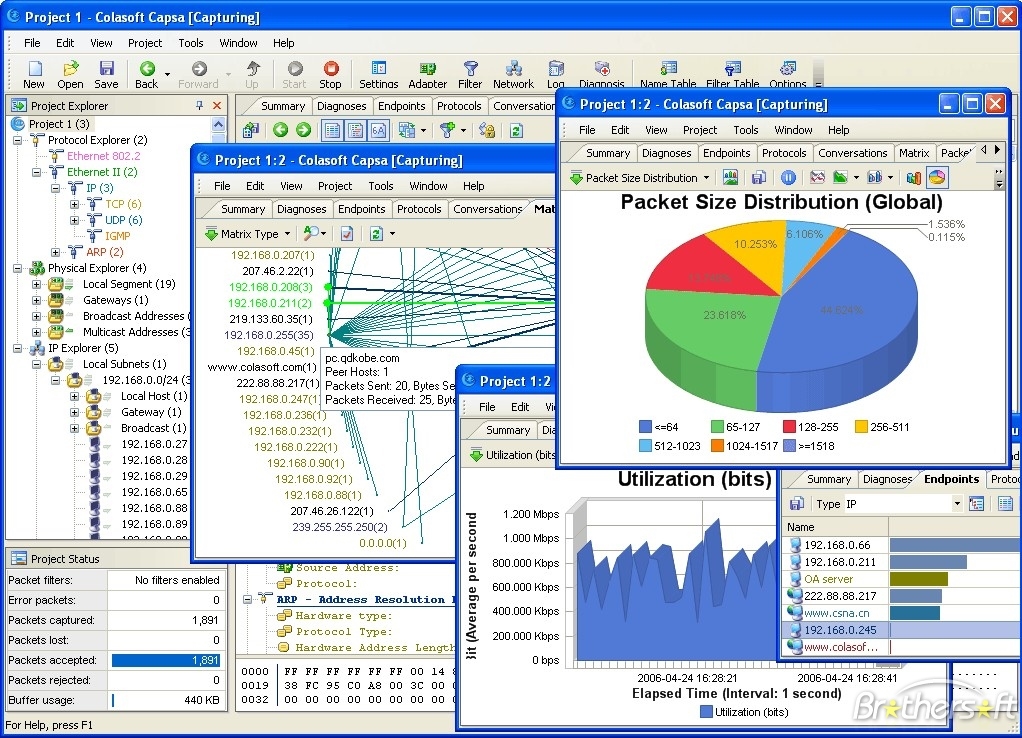

Output from ifconfig for eth1 interface ~]# ifconfig eth1

We can easily monitor these values to get real time network bandwidth usage details. There are multiple system tools which gives us the TX (transfer) and RX (receive) data for individual interfaces.

Method 4: Monitor network bandwidth using shell script Netcat uses a smaller buffer than other tools and this buffer size cannot be changed, this introduces a bottleneck in netcat, so throughput will be significantly lower with netcat than with purpose-built tools like iperf On the server system, iperf3 is told to listen for a client connection using iperf3 -i 5 -s: ~]# firewall-cmd -add-port=5201/tcp -zone=public I have intentionally not used -permanent with firewalld as I just want to allow this port for temporary session. The port used can be changed with the -p command line option. On the node which will act as server I will enable port 5201 which is the default port used by iperf3 using firewalld. Install iperf3 on both the server and client node ~]# yum install iperf3 ~]# yum install iperf3 -y Iperf3.x86_64 : Measurement tool for TCP/UDP bandwidth performance Iperf3.i686 : Measurement tool for TCP/UDP bandwidth performance Last metadata expiration check: 1 day, 1:47:01 ago on Thu 01:25:43 PM IST. You can use yum search to get the package name. ALSO READ: How to configure port forwarding in VirtualBox for NAT Networking


 0 kommentar(er)
0 kommentar(er)
